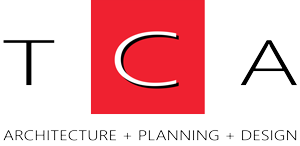Fire station design expert brian harris - firehouse article contribution
"In Part 4 of this 6-part series, we will be looking at the concept of Exposure Pathways and Routes of Exposure as a prelude to discussion in Part 5 of your department’s options to minimize chemical concerns, especially as they pertain to diesel exhaust, fire-related carcinogens, and the handling of hose and turnout gear.
After thoroughly cataloguing equipment and identifying potential contaminant sources, as outlined in Part 3 of this series, the next step is to begin documenting the spread of these contaminants within your facility, to determine your mitigation needs and opportunities. Be mindful that transparency in your inspection and hazard identification process will go a long way toward building trust in your department, as you address potential exposure risks though procedural change and/or facility adaptation. Key to this effort is the systematic identification of possible exposure pathways associated with each contaminant source, and routes of exposure by which individuals may be exposed to chemical contaminants.
After identifying the contaminant source, begin to look at how that contaminant goes on to interface with its surrounding environment. From the source, the contaminant can either spread or be contained. It can become increasingly concentrated or can be mitigated as it moves within your facility. For instance, ventilation can be used to mitigate the contaminant, but in the absence of effective ventilation, the contaminant can become more concentrated over time or when there are multiple sources in the same area. These are examples of Exposure Pathways."
Click here to finish reading the Firehouse article
Click on the following to read Parts 1, 2 and 3 from this article series.

